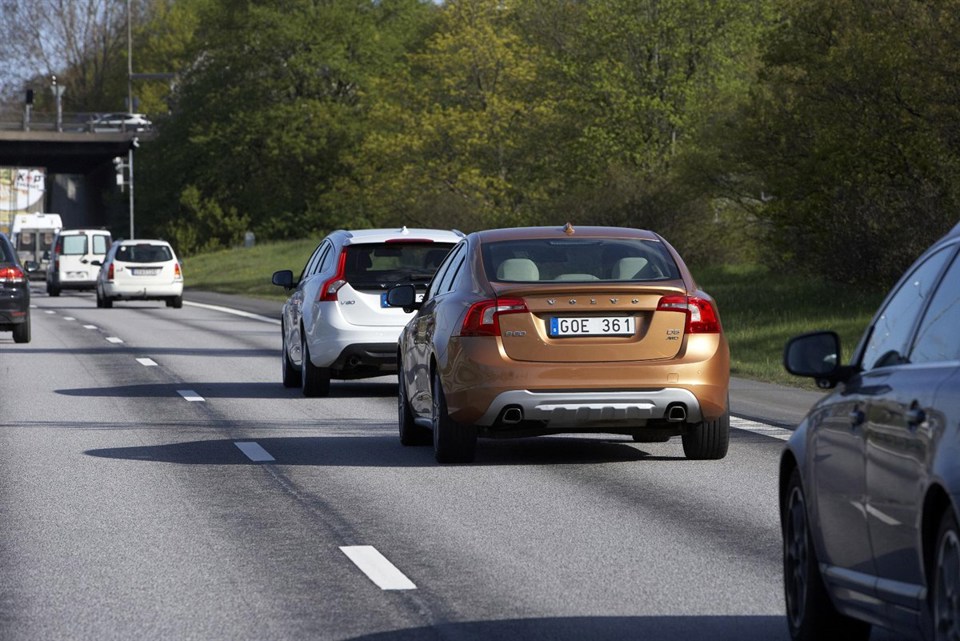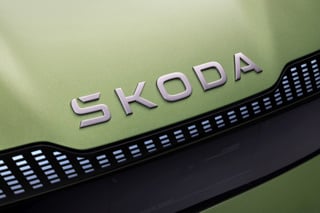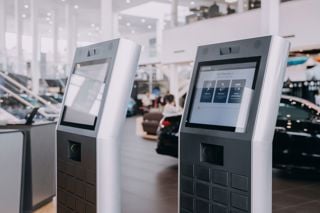The technology for self-driving cars is available now but there are still significant challengers standing in the way of automotive autonomy, according to Martin Leach, chairman of automotive services provider Magma Group.
Leach said: “We have the viable technology and there have been a number of trialled applications. The big challenge is bringing it to market.
"There will be a degree of resistance from the public initially, particularly when it comes to trusting the technology at high speeds. The biggest impact will be how the car socially repositions itself."
The traditional concept of personal freedom to go anywhere when you want is already under threat from metropolitanisation, congestion and environmental issues, said Leach. In addition, young people do not find cars quite so exciting as previous generations.
"There is an opportunity to place the car at the forefront of technology. The car that drives itself opens all sorts of opportunities, being able to multi-task on the way to work while the car automatically platoons in a high speed lane.
"Driverless delivery vehicles can be sequenced to make automatic deliveries at various times of day and night."
Leach believes it will be another 10 years before autonomous cars take to the road, able to interact with ‘old' technology vehicles and still allowing a human to take control. It will take at least 30 years for completely autonomous vehicles to be the norm.
"The technology will also enable a lot of people - the elderly, disabled or blind who might otherwise not be mobile," he added.
The biggest challenge to start with will be integrating autonomous cars with established technology, how they can cope with the unpredictability of human behaviour.
Where could the technology roll out first? While many believe the emerging infrastructure in China could take a lead, Leach thinks the US or Japan would make the ideal launch pads.
"Historically, technologies which exercise some sort of control have been slow to take up in the US because of the cost of litigation and settlement if something goes wrong, but then the driving environment in America, with its long straight roads, lends itself well to autonomous technology.
"In Japan there is a lot of density and congestion but there is also very good co-operation in terms of government policy, the road system and car manufacturers. China could be a possibility, but cars are still relatively new there and the emotional attachment people have to them now is more like what we were like in the ‘50s and ‘60s."




















Barry Sweezey - 26/07/2013 19:12
"The biggest challenge to start with will be integrating autonomous cars with established technology, how they can cope with the unpredictability of human behaviour." The Google cars are doing this coping right now. "...long straight roads..." Come on. The US is better for self-driving cars because the roads are straigher? The Google cars have driven 500,000 miles on all kinds of public roads, including Lombard Street in San Francisco with a buch of hairpin turns.